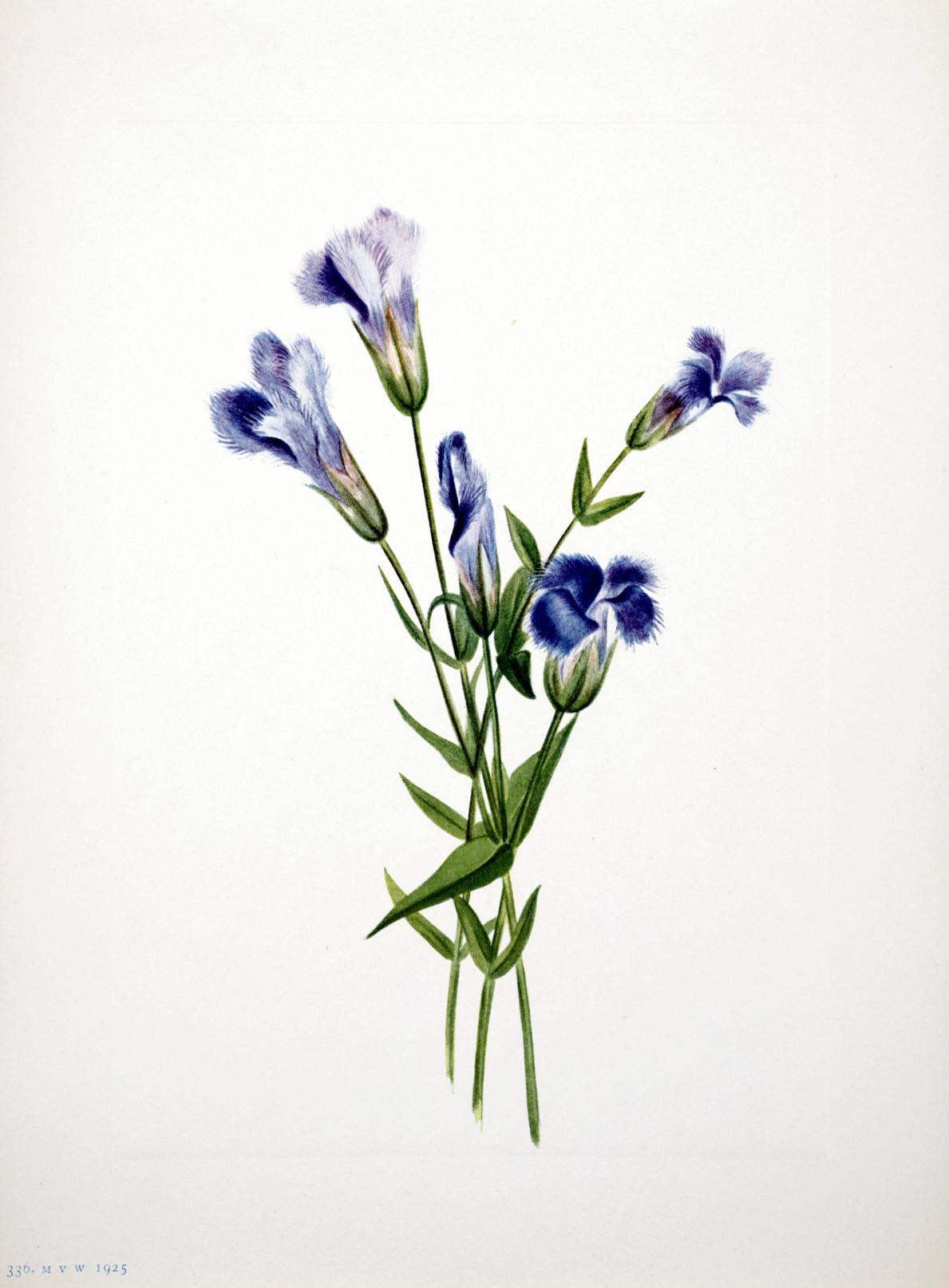Few who walk past the Bethesda Fountain in New York City’s Central Park know the history behind the angel statue, standing high atop the fountain with wings outstretched. This sculpture, called Angel of the Waters, has been the backdrop for many movies and TV shows. The sculpture was made by a wealthy New York sculptor named Emma Stebbins, an artist featured in an album of cartes-de-visites (small, collectible photo cards) of notable 19th century American artists, located in the American Art and Portrait Gallery Library collection. Little is known about Stebbins, even though Angel of the Waters, as noted recently in the New York Times, was “the first public art commission ever awarded to a woman in New York City.”[i] However, what is known about Stebbins has been gleaned from the letters and press coverage of her relationship with famous American actress Charlotte Cushman.






